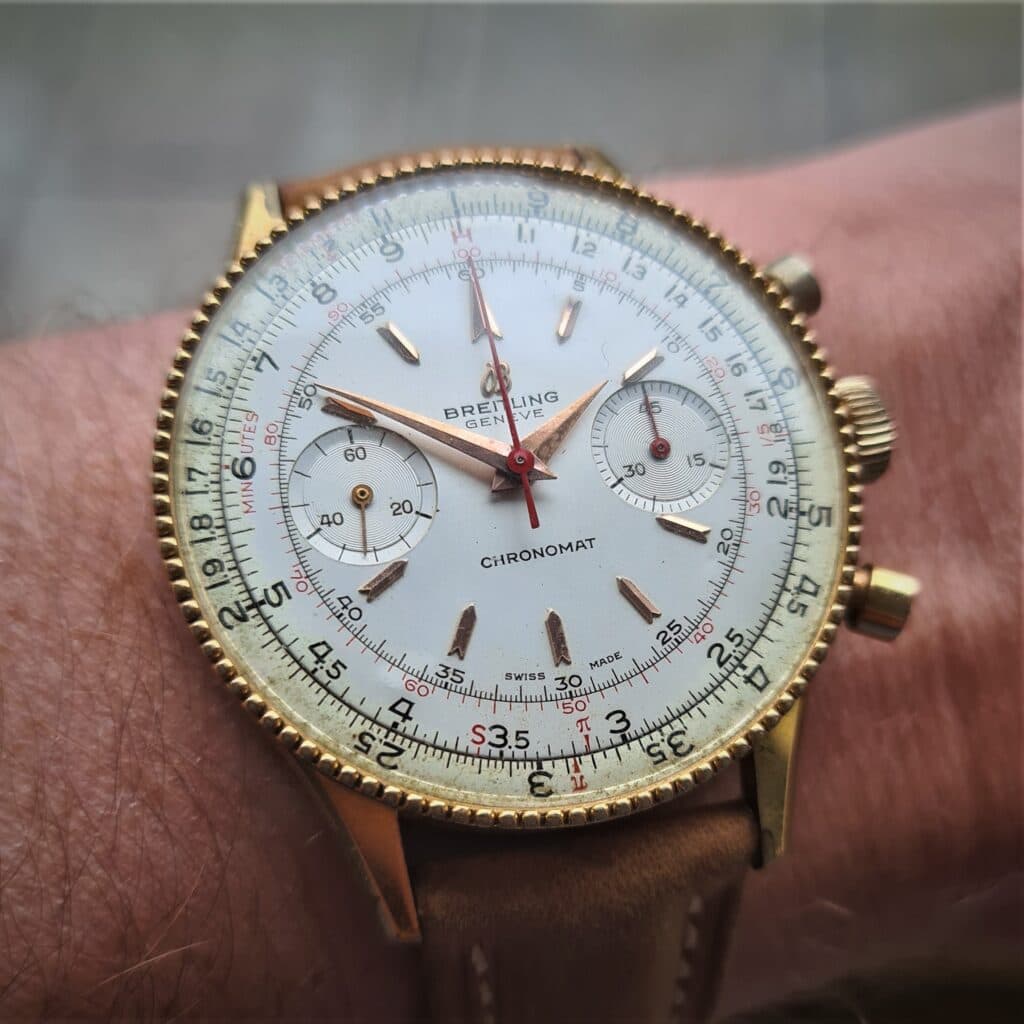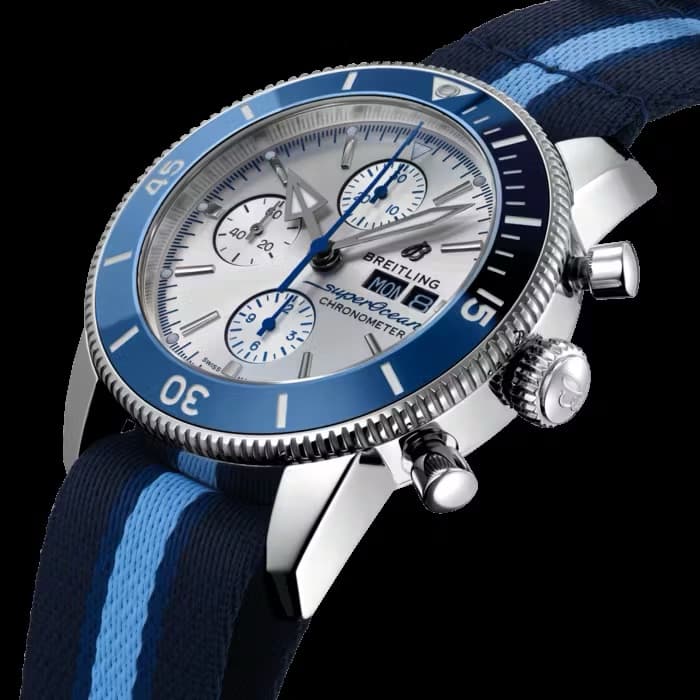There are many millions of watches out there that do only one thing. Tell the time. They have no date, no fancy features, they just tell the time. Their job is to do that reliably, accurately and safely. We call these time only watches.
Achieving this took a surprisingly large amount of innovation in the watch industry during the move from pocket watches to wristwatches in the early decades of the 20th century. It was not simply about making everything smaller; putting a mechanical device on the wrist exposed it to far more movement, dust, and water risk than when the watch was kept in a pocket. This meant that technology had to improve at a rapid pace and it hasn’t stopped since. Accuracy and reliability in watchmaking remain the goal whether the watch costs $10 or $1 Million.
It is possible today to buy a reliable digital watch for only $10, and a reliable mechanical watch for around $40. You can also pay millions of dollars for a handmade watch that also only tells the time. Two of the most popular watches in the world, the Rolex Oyster Perpetual and the Patek Philippe Calatrava only tell the time and have long waiting lists. So how do high-end watchmakers sell their time-only watches for thousands of pounds, and why are some of them so famous?
 Rolex Oyster from 1952
Rolex Oyster from 1952
The story of making watches more reliable and accurate is ongoing. Some big watch companies design and make their own mechanisms, so-called in-house movements, aiming to bring out new and improved mechanisms every decade or so. Some do it with great fanfare, such as Rolex, others do it more quietly, but the quest to make watches better continues. These brands see technological development as a core part of their offer to customers.
Continued innovation in high-end watchmaking leads to higher accuracy and reliability, and most notably in recent years, a much longer service interval. Watch companies used to recommend a mechanical watch be serviced every 2 or 3 years, but now regularly offer 5 or 7 years guarantees on a movement and expect no service need until then. This is a massive benefit to the wearer and has come about thanks to huge amounts of research and development. These improvements cost money.
The watch world is still dominated by brands made in Switzerland and Japan. Both of these companies have a very high cost of living, and thus the employees of watch manufacturers and their suppliers based in these companies are very well paid by global standards. Similarly, the costs to manufacture are much higher than in other parts of the world. For customers who want their watch to be Swiss or Japanese-made, they have to pay these higher costs.
Finally, some watch companies hand adjust and hand finish their movements. This is incredibly labour intensive, and this labour is expensive, wherever it is done. The more hand-crafted a watch is, the more expensive it will be.


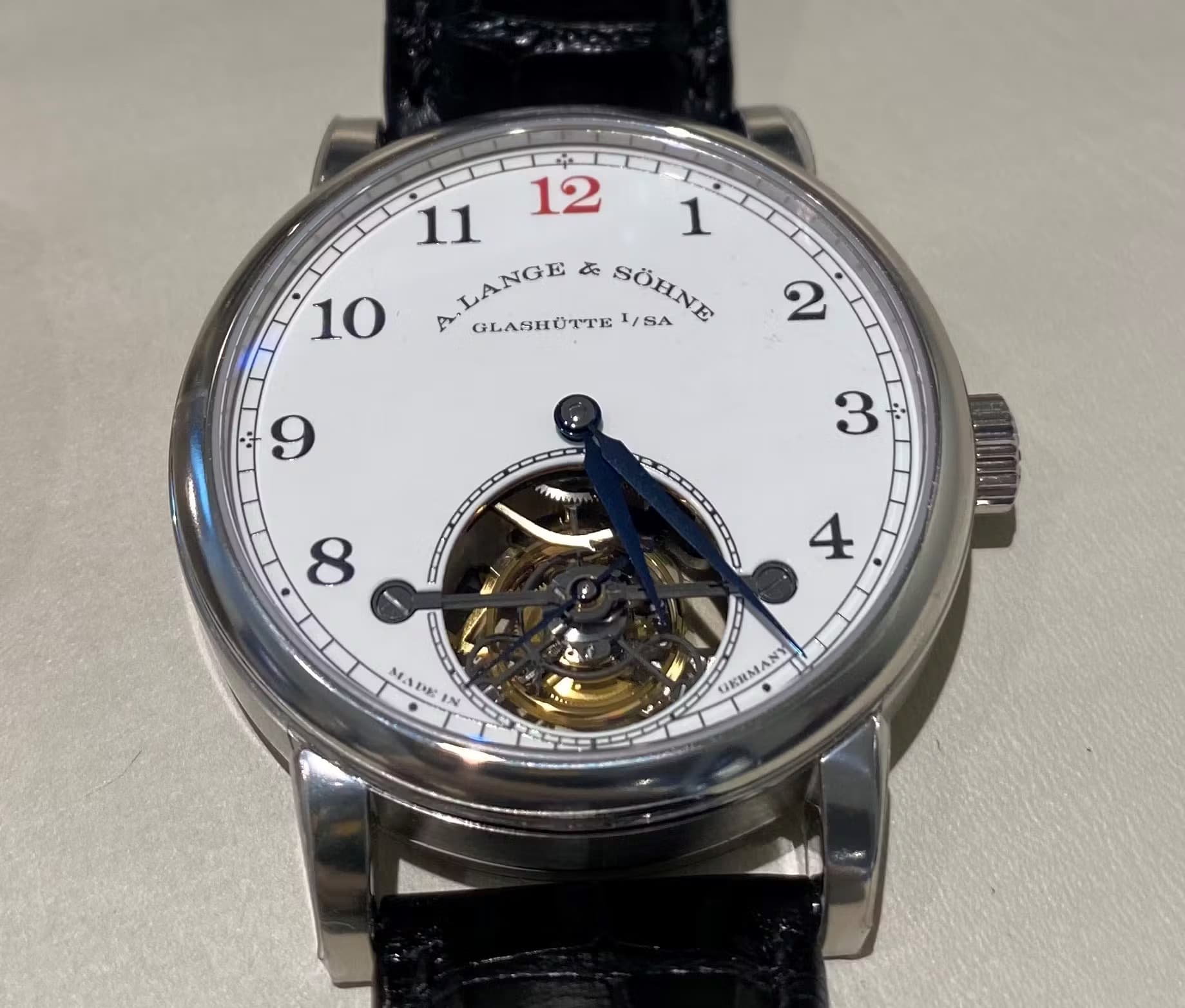
Why are some mechanical watches so cheap?
There is a very simple answer to this: Asian Manufacturing. The excellent progress of simplifying movement design made by the Japanese over the course of the 20th century was then added to the sheer scale and quality of Chinese high-volume manufacturing. Citizen Watch Group make many of their low-end movements in China, and Seiko make many of theirs in Malaysia, but using Chinese-made parts.
This enables simple movements, including time only movements, to be made at very very low cost as they make tens of millions of them. The same is true of quartz and digital watches.
However, these movements are not particularly accurate, and can often break. They are accurate to around 45 seconds variance per day, which over a week can lead your watch to be 5 or more minutes out. When they do break it is often not worth the cost of a service to fix them, they are usually replaced entirely by the watchmaker.
The good news is that the availability of these movements, plus ones made by Chinese manufacturers, has enabled the creation of a huge number of new Microbrands, allowing enthusiasts and entrepreneurs to start their own watch brands for very small amounts of money. We wrote a whole series of articles on Microbrands last year, and we love seeing what new ideas people dream up. Low cost movements allow this, without taking anything away from the higher-priced movements sold by other watch brands.
 A watch from Undone, a Hong Kong based Microbrand that uses Miyota movements to create a whole range of design-led and affordable time only watches.
A watch from Undone, a Hong Kong based Microbrand that uses Miyota movements to create a whole range of design-led and affordable time only watches.
The most famous time-only watches
In 1927 Rolex introduced the first wristwatch to be a proper “hit”. The Rolex Oyster was the first waterproof watch to hit the big time, with the Rolex brand and watch name marketed widely, something still unusual for watches at the time. They even put the watch in fish tanks in jewellery store windows to prove its claims! In 1932 Rolex added the Perpetual automatic, or self-winding movement, and this watch was even more successful. The watch has been so successful they still sell it today, 95 years later. The current version is powered by the Rolex Reference 3230 movement, which is the culmination of a century of improvements, with the latest version having no fewer than 91% new parts compared to the previous one when it was introduced this year.
The Patek Philippe Calatrava is the simplest watch in the Patek range, and for a firm most famous for complicated timepieces with many functions, it is still a very popular watch. Its simple design was influenced by the German Bauhaus design movement in the early 20th century. In 1952 it was given a revolutionary new automatic movement, and it has featured one ever since. The relaunch of the watch in the 1980s saw it given the name Calatrava, which it has retained ever since. Remarkably, this name is now so iconic that some people are referring to time-only watches from other brands as “Calatravas”, despite it being a Patek Philippe brand name.
There are many more iconic time-only watches from the great Swiss and Japanese brands, such as the Jaeger LeCoultre Reverso, and the Credor range made by Grand Seiko. They are often priced as true luxury watches, even if they don’t have the most complex functions or movements, they are well regarded by collectors and very reliable for their owners.
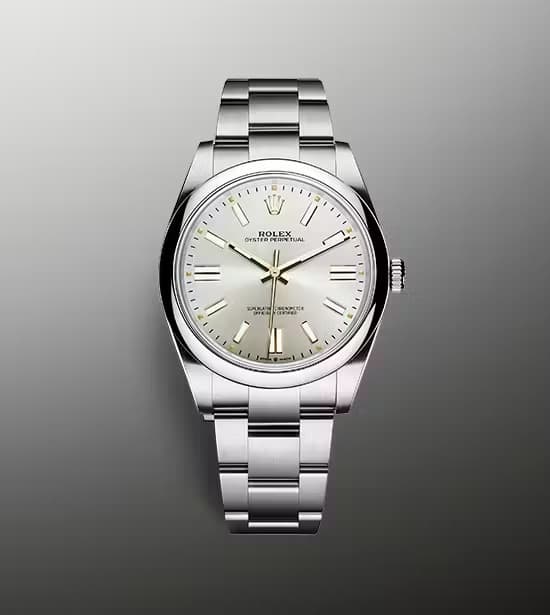
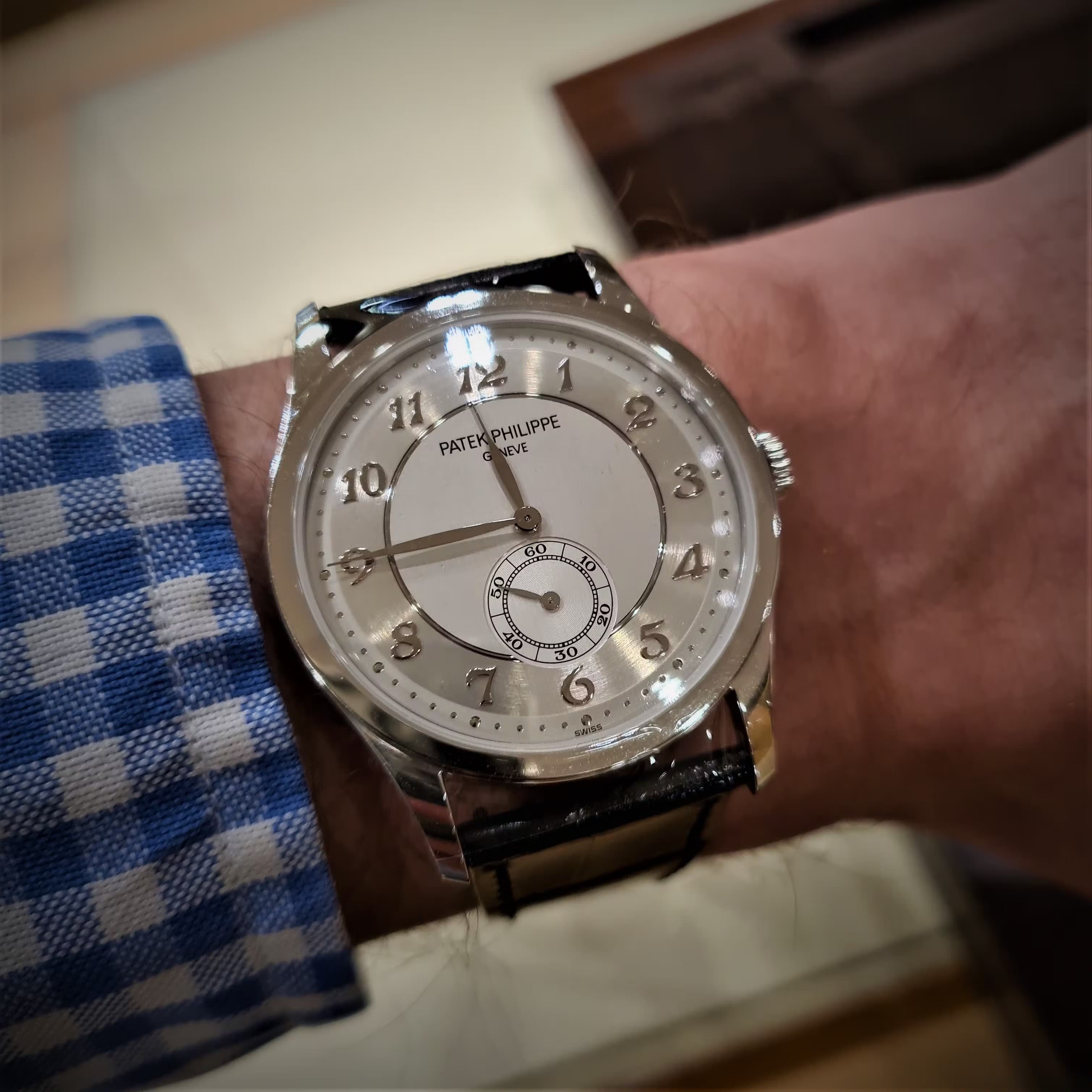
Vintage Time-Only Watches
The fact that time-only watches are the most numerous available means there are many very reasonably priced vintage watches available. This is often a great place to start if you like a watch brand but cannot afford its current range. You can buy incredibly high-quality watches for relatively little money, so long as you are very careful. See our guide to buying vintage watches for more details about how to get started.
 A vintage Jaeger LeCoultre Time Only watch from the 1950s. Models like this are very affordable, even in good condition.
A vintage Jaeger LeCoultre Time Only watch from the 1950s. Models like this are very affordable, even in good condition.
Continue exploring
Dive into more content from The Watch Collectors Club.



